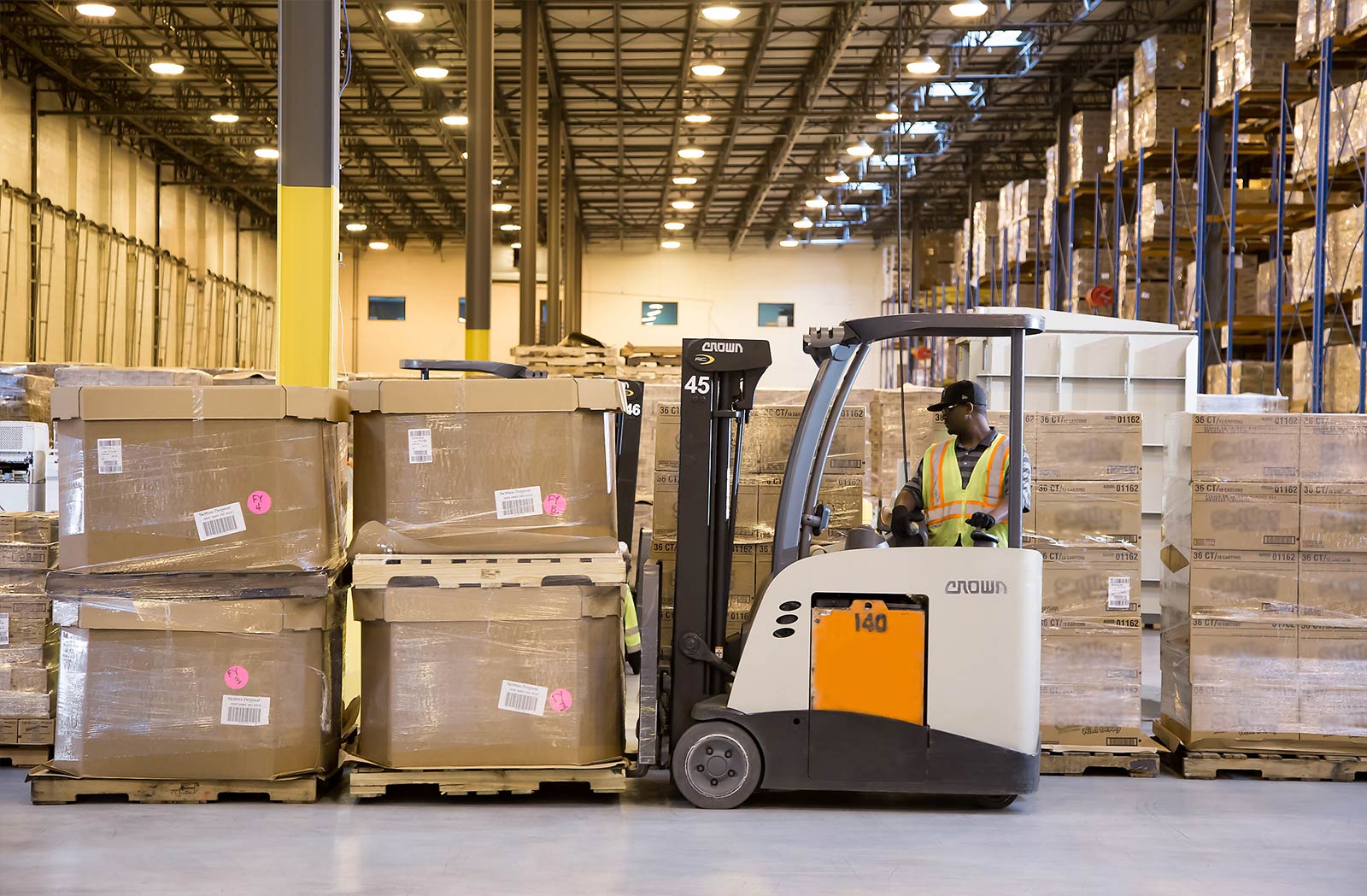Mastering Warehouse Inventory: Strategies for Efficiency and Growth
Effective warehouse inventory management is crucial for businesses of all sizes, impacting everything from customer satisfaction to operational costs. In today's fast-paced market, optimizing inventory processes can mean the difference between thriving and struggling. This article delves into the key aspects of warehouse inventory management, exploring cutting-edge technologies and best practices that can transform your operations.

How Does Packaging and Material Handling Impact Supply Chain Efficiency?
Packaging and material handling play a pivotal role in supply chain management, directly affecting the speed, accuracy, and cost-effectiveness of warehouse operations. Proper packaging ensures products are protected during storage and transit, reducing damage and returns. Efficient material handling systems, such as conveyors, automated guided vehicles (AGVs), and robotic arms, streamline the movement of goods within the warehouse.
Implementing standardized packaging sizes and materials can significantly improve storage efficiency and reduce handling time. Additionally, utilizing reusable containers and pallets not only cuts down on waste but also simplifies tracking and inventory management. By optimizing packaging and material handling processes, businesses can reduce labor costs, increase throughput, and enhance overall supply chain performance.
What Benefits Does Warehouse Picking and Packing Software Offer?
Warehouse picking and packing software has revolutionized the way businesses manage their inventory and fulfill orders. These sophisticated systems offer numerous advantages, including:
-
Increased accuracy: By using barcode scanners and real-time inventory updates, picking errors are drastically reduced.
-
Improved efficiency: Optimized picking routes and batch picking capabilities significantly speed up the order fulfillment process.
-
Better inventory visibility: Real-time tracking allows for precise stock level management and timely reordering.
-
Enhanced productivity: Performance metrics and task management features help identify bottlenecks and improve worker efficiency.
-
Seamless integration: Modern picking and packing software often integrates with other systems, such as ERP and shipping platforms, for a cohesive workflow.
By leveraging these benefits, businesses can process orders faster, reduce labor costs, and improve customer satisfaction through timely and accurate deliveries.
How Can a Warehouse Management System Optimize Inventory Control?
A Warehouse Management System (WMS) is a powerful tool that can transform inventory control and overall warehouse operations. Here’s how a WMS can optimize your inventory management:
-
Real-time inventory tracking: WMS provides up-to-the-minute visibility of stock levels, locations, and movements.
-
Automated reordering: Set reorder points and let the system automatically generate purchase orders when stock runs low.
-
Optimized storage: Use algorithms to determine the best storage locations based on product characteristics and demand patterns.
-
Improved space utilization: Maximize warehouse space through better slotting and dynamic storage allocation.
-
Enhanced reporting and analytics: Gain insights into inventory turnover, picking efficiency, and other key performance indicators.
-
Streamlined receiving and putaway: Automate and optimize the process of receiving goods and placing them in the most efficient locations.
Implementing a WMS can lead to significant improvements in inventory accuracy, reduced carrying costs, and increased operational efficiency.
What Are the Latest Trends in Warehouse Inventory Technology?
The warehouse industry is continually evolving, with new technologies emerging to address challenges and improve efficiency. Some of the latest trends in warehouse inventory technology include:
-
Internet of Things (IoT) sensors: These devices provide real-time data on inventory levels, environmental conditions, and equipment status.
-
Artificial Intelligence (AI) and Machine Learning: AI-powered systems can predict demand, optimize inventory levels, and improve decision-making.
-
Robotics and Automation: Collaborative robots (cobots) and automated storage and retrieval systems (AS/RS) are becoming more prevalent in warehouses.
-
Blockchain technology: This secure, decentralized ledger system enhances traceability and transparency in the supply chain.
-
Augmented Reality (AR): AR-enabled devices can assist with picking, packing, and inventory counts, improving accuracy and efficiency.
By staying abreast of these technological advancements, businesses can maintain a competitive edge in the ever-changing landscape of warehouse inventory management.
How Do Leading Warehouse Management Systems Compare?
When selecting a Warehouse Management System, it’s crucial to compare features, pricing, and scalability to find the best fit for your business. Here’s a comparison of some leading WMS providers:
| Provider | Key Features | Cost Estimation |
|---|---|---|
| Manhattan Associates | Advanced inventory optimization, labor management, yard management | $50,000 - $250,000+ (enterprise-level) |
| Oracle NetSuite WMS | Cloud-based, real-time visibility, mobile device support | $999 - $2,999 per month |
| SAP Extended Warehouse Management | Integrated with SAP ERP, advanced slotting, cross-docking | $100,000 - $500,000+ (enterprise-level) |
| Fishbowl Warehouse | Suited for small to medium businesses, QuickBooks integration | $4,395 - $8,995 (one-time license fee) |
| HighJump | Highly configurable, voice-enabled workflows, analytics | $25,000 - $100,000+ (varies by business size) |
Prices, rates, or cost estimates mentioned in this article are based on the latest available information but may change over time. Independent research is advised before making financial decisions.
Effective warehouse inventory management is essential for businesses looking to optimize their supply chain and improve operational efficiency. By leveraging advanced technologies such as Warehouse Management Systems, picking and packing software, and innovative material handling solutions, companies can significantly enhance their inventory control, reduce costs, and meet the growing demands of today’s fast-paced market. As the industry continues to evolve, staying informed about the latest trends and technologies will be crucial for maintaining a competitive edge in warehouse inventory management.



